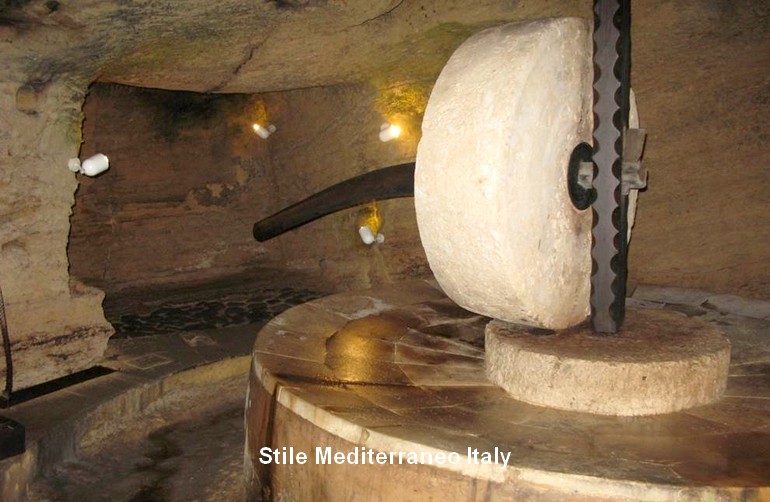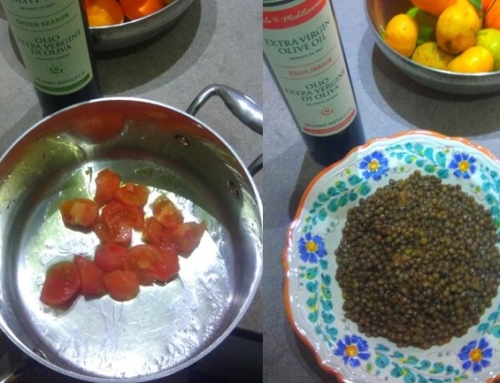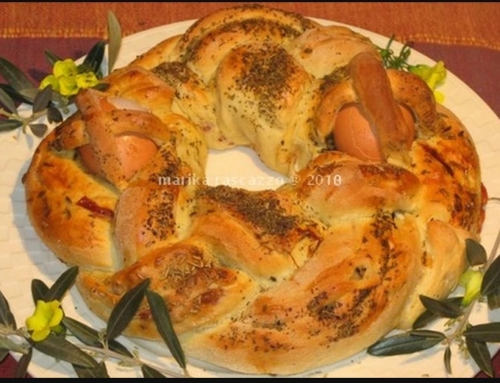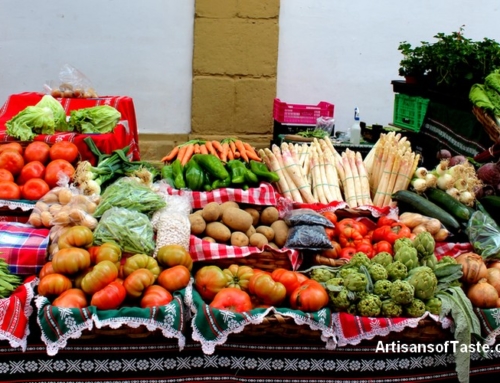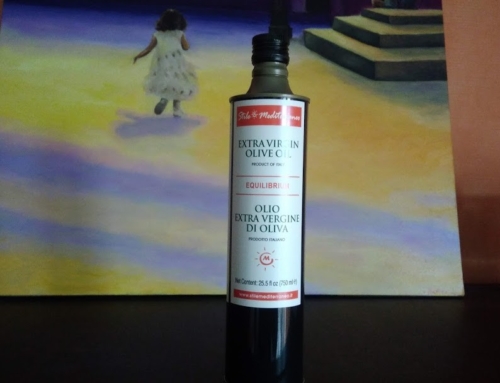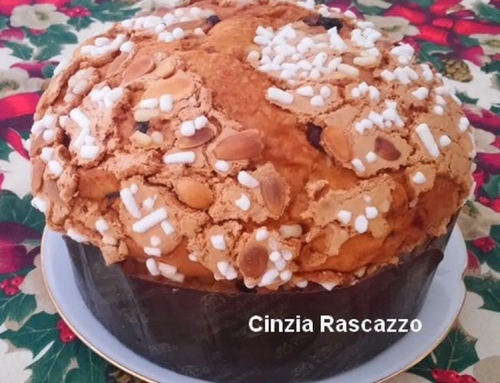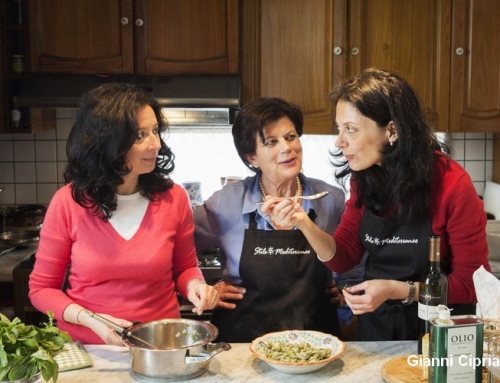Guests who attend our culinary and wine tours in Puglia often tell us how impressed they are with the architecture and beauty of Lecce and whole Salento (the county of Lecce).
The usual comment is: “we did not expect all this magnificence!”
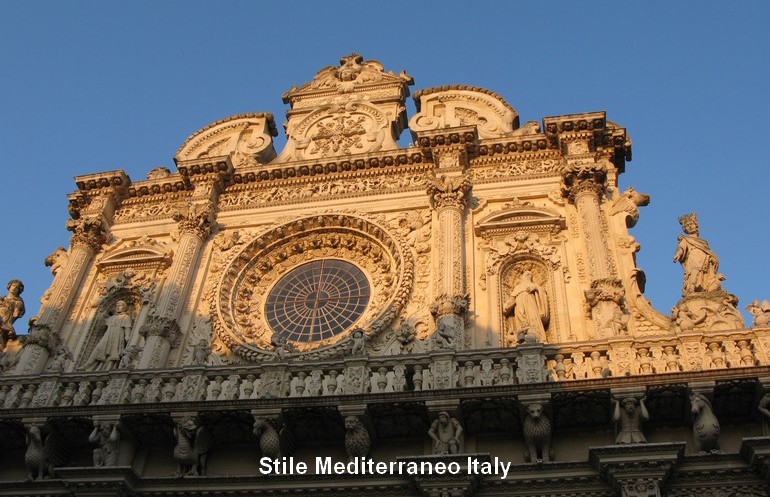 Beauty is everywhere: from Lecce’s wonderfully decorated baroque palaces and hand-carved limestone churches; to the beautiful convents along the Adriatic coast surrounded by millions of monumental olive trees, some of them with more than 2000 years and still producing excellent extra virgin olive oil.
Beauty is everywhere: from Lecce’s wonderfully decorated baroque palaces and hand-carved limestone churches; to the beautiful convents along the Adriatic coast surrounded by millions of monumental olive trees, some of them with more than 2000 years and still producing excellent extra virgin olive oil.
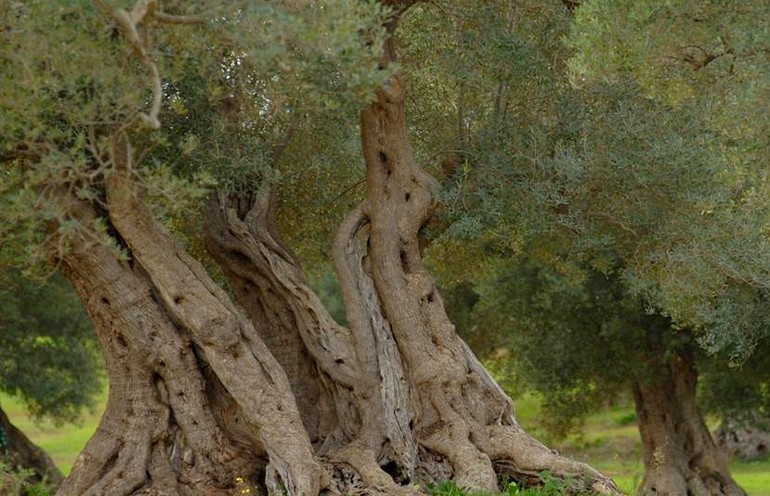
Also on the Ionian sea cost of Salento history and elegance are everywhere: from the impressive gulf and port of Gallipoli, aka as “the beautiful town”, with its 35 underground olive presses that were excavated underneath the old town in the ‘600; to the opulent villas, masseria manor houses and castles by the green sea waters and still belonging to the local aristocratic families.
This is something unique to Lecce and the Salento area.
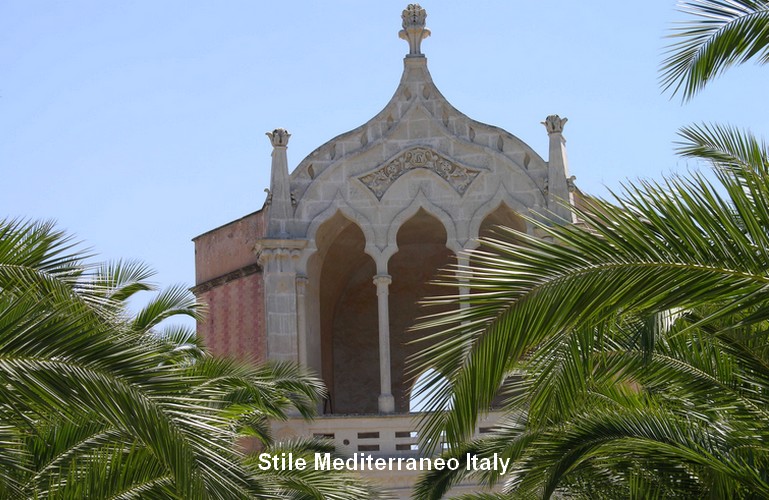
All these palaces, castles and churches were built in the ‘600, when Lecce and Salento were a very wealthy area.
But where did all the money and wealth come from?
The answer is very easy: in Puglia, everything goes back to olive oil!
And in fact, the first and best thing to do in Puglia in order to really understand our region is to learn about the importance of olive oil in our culture and history.
You can attend a hands on cooking class and make ancient recipes from Puglia’s peasant cuisine using some of the best Italian extra virgin olive oils. You can visit the Unesco heritage sites of Otranto, Alberobello, Castel del Monte. Or you can drive along the breathtaking Adriatic and Ionian coasts. However, you will not truly understand our region, our peasant cuisine, our landscape and life unless you start from the olive oil.
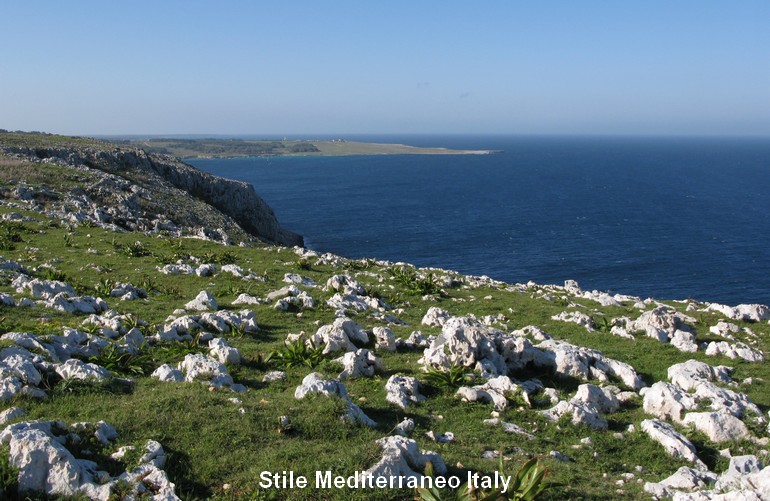
It all starts more than 2000 years ago when the Greeks crossed the Adriatic waters and planted olive trees in Southern Italy where they found perfect and very similar climate to what they had at home. For centuries Puglia’s economy was agriculture based. In the 17th and 18th centuries, because of its ports and strategic position, the Salento area became very wealthy, thanks to olive oil.
Before petroleum was found, olive oil was used as fuel to lighten the street lamps. This, olive oil, called lamp oil had very high acidity level and was perfect for burning. It was made in a very different way than today’s delicious olive oil that we call extra virgin.
Olives were pressed for about 6 months in the 35 underground presses in Gallipoli. People working the olives were living inside the presses for the whole period and were not allowed to leave.
Every day several ships were departing from the port of Gallipoli to reach England, France, Germany and most European streets were lightened with Puglia’s olive oil.
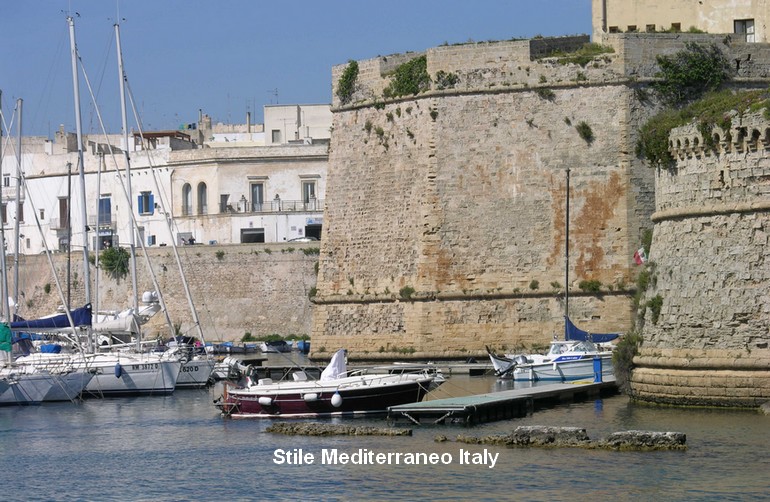
Olive oil was considered like gold, very precious and lots of money was made out of it. Because most of the land was owned by the Church and local nobles, all the money coming from olive oil was used to build beautiful and opulent churches, palaces and aristocratic villas in Lecce and Salento.
When petroleum was found, olive oil stopped being used as fuel and local people started using it as food condiment.
Today, medical research has demonstrated that olive oil can have many health benefits, if it is extra virgin. Extra virgin olive oil is rich in good fats and anti-oxidants and should be included in everybody’s diet.
After so many centuries, still today, the same olive trees planted by the Greeks are used to make extra virgin olive oil. And this makes Puglia really unique in the world as these olive trees have had plenty of time to adjust to the soil and climate, which is key in order to make an olive oil with a distinctive complexity of flavors.
Of course, extra virgin olive oil is made in a very different way than lamp oil and focus is on quality and not on quantity.
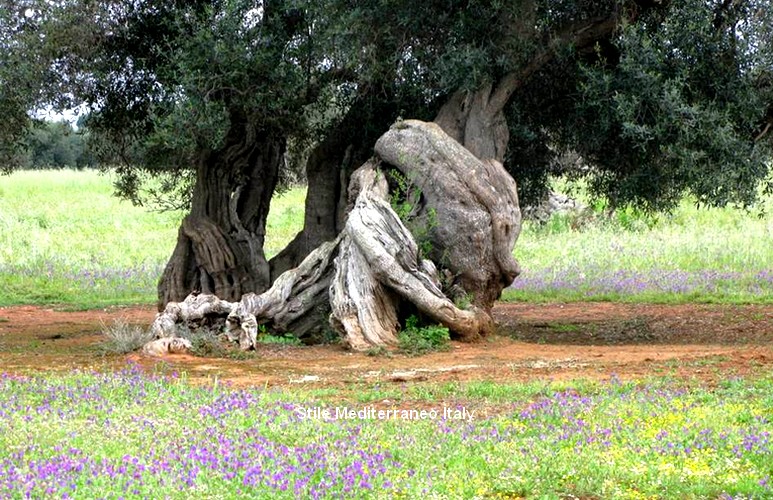
Therefore, still today, in Puglia everything goes back to olive oil!
When our guests attend our olive oil tours in Puglia they agree that learning about olive oil is key to understand the culture, history and food of this beautiful region.
First picture is by Benedikt Bergenthal and is from inside a monumental olive tree (with more than 2000 years).

